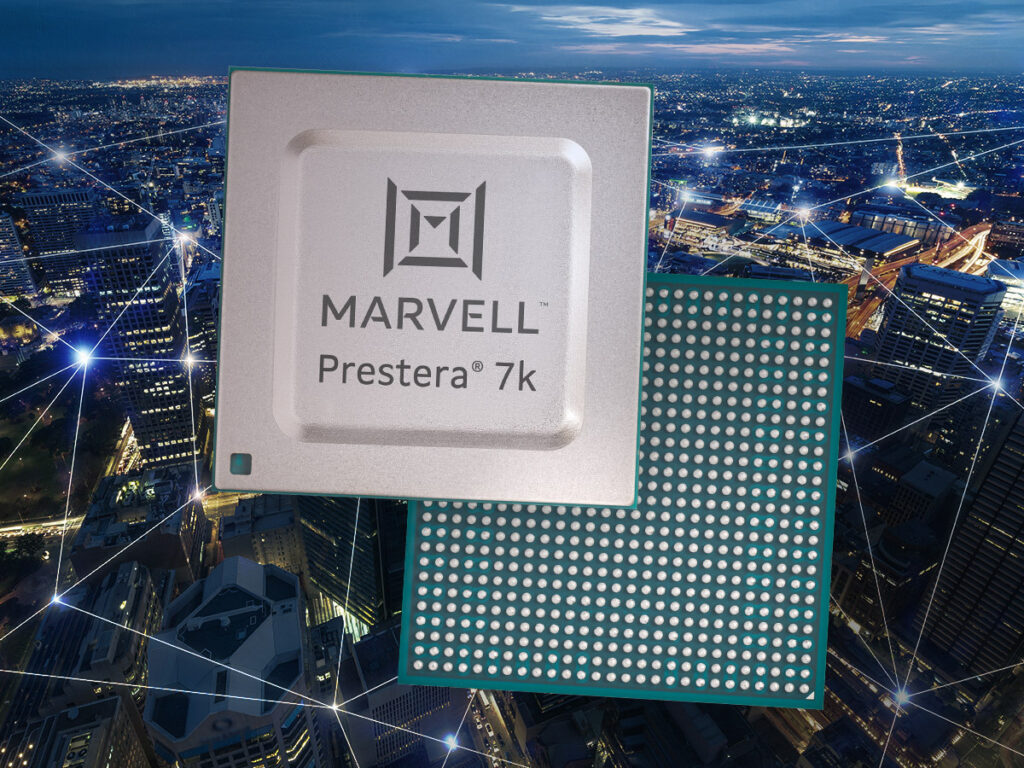- PRODUCTS
- COMPANY
- SUPPORT
- PRODUCTS
- BY TYPE
- BY MARKET
- COMPANY
- SUPPORT
Unleashing 5G Network Performance with Next Generation Ethernet
Blink your eyes. That’s how fast data will travel from your future 5G-enabled device, over the network to a server and back. Like Formula 1 racing cars needing special tracks for optimal performance, 5G requires agile networking transport infrastructure to unleash its full potential. The 5G radio access network (RAN) requires not only base stations with higher throughputs and soaring speeds but also an advanced transport network, capable of securely delivering fast response times to mobile end points, whatever those might be: phones, cars or IoT devices. Radio site densification and Massive Machine-type Communication (mMTC) technology are rapidly scaling the mobile network to support billions of end devices1, amplifying the key role of network transport to enable instant and reliable connectivity.
With Ethernet being adopted as the most efficient transport technology, carrier routers and switches are tasked to support a variety of use cases over shared infrastructure, driving the growth in Ethernet gear installations. In traditional cellular networks, baseband and radio resources were co-located and dedicated at each cell site. This created significant challenges to support growth and shifts in traffic patterns with available capacity. With the emergence of more flexible centralized architectures such as C-RAN, baseband processing resources are pooled in base station hubs called central units (CUs) and distributed units (DUs) and dynamically shared with remote radio units (RUs). This creates even larger concentrations of traffic to be moved to and from these hubs over the network transport.
To maximize the technical and economic benefits of centralized RAN architectures, carriers are investing in advanced, high-performance transport solutions. xHaul, a term referring to fronthaul, midhaul, and backhaul transport and packet processing, represents a growing market projected to reach nearly $9 billion by 20252. Driven by the momentum in 5G adoption, xHaul technologies are the glue that connect the RAN components–RU, DU and CU–to one another and to the core network in an increasingly open and disaggregated network environment.
So, with 5G, it’s not just backhauling RAN traffic over the top of IP/optical transport networks. It’s an entirely new game, called 5G Transport. This means re-architecting the underlying network for efficient packet switching and routing, while leveraging new forwarding mechanisms (SRv6), supporting stringent synchronization (Class D PTP) including high-capacity interfaces (25G links), incorporating trustworthy network security features (encryption, secure boot) to address new attack surfaces and risks, as well as providing comprehensive telemetry tools for network operations, administration and maintenance (OAM).
Marvell Carrier Solutions
The transport infrastructure is integral in establishing best-in-class, end-to-end 5G performance. New interfaces and network architectures, along with increased connectivity speeds, lower latency, and greater traffic volume makes advanced transport networks essential technology for any 5G deployment. The field-proven Marvell® Prestera® 7K carrier-optimized switch family, widely deployed in 5G infrastructure, has been designed to cater to the diverse and challenging demands of 5G transport networks. These Ethernet switch platforms integrate high accuracy Precision Time Protocol (PTP) Class D network timing, comprehensive quality-of-service mechanisms, strong resiliency, zero-trust security and unrivaled network visibility for enhanced network Operation, Administration & Management (OAM) based on advanced telemetry capabilities.
Learn more about how Marvell Carrier Switching products can assist to efficiently meet 5G needs, delivering service connectivity everywhere and enabling superior RAN performance, while reducing network complexity and operational expenditure at: https://www.marvell.com/products/switching/carrier.html
1 https://www.ericsson.com/en/mobility-report/dataforecasts/iot-connections-outlook
2 https://www.delloro.com/5-year-forecast-microwave-transmission-mobile-backhaul-growth-ahead/
Tags: 5G adoption, 5G deployment, 5G Network Performance, 5G radio access network, 5G Transport, carrier-optimized switchs, carriers, centralized RAN architectures, Next Generation EthernetC-RANSRv6, RAN, RAN components, xHaul technologies
Recent Posts
- Marvell Named to America’s Most Responsible Companies 2026 List
- 5 Times More Queries per Second: What CXL Compute Accelerators Can Do for AI
- Marvell Makes Inaugural 100 Best Companies in Southeast Asia List
- Marvell Earns “Fittest Firm” Title in Silicon Valley Turkey Trot for 10th Consecutive Year
- The Next Step for AI Storage: GPU-initiated and CPU-initiated Storage
Archives
Categories
- 5G (10)
- AI (45)
- Cloud (18)
- Coherent DSP (11)
- Company News (106)
- Custom Silicon Solutions (8)
- Data Center (68)
- Data Processing Units (21)
- Enterprise (24)
- ESG (10)
- Ethernet Adapters and Controllers (11)
- Ethernet PHYs (3)
- Ethernet Switching (41)
- Fibre Channel (10)
- Marvell Government Solutions (2)
- Networking (43)
- Optical Modules (19)
- Security (6)
- Server Connectivity (32)
- SSD Controllers (6)
- Storage (23)
- Storage Accelerators (4)
- What Makes Marvell (47)
Copyright © 2025 Marvell, All rights reserved.
- Terms of Use
- Privacy Policy
- Contact

